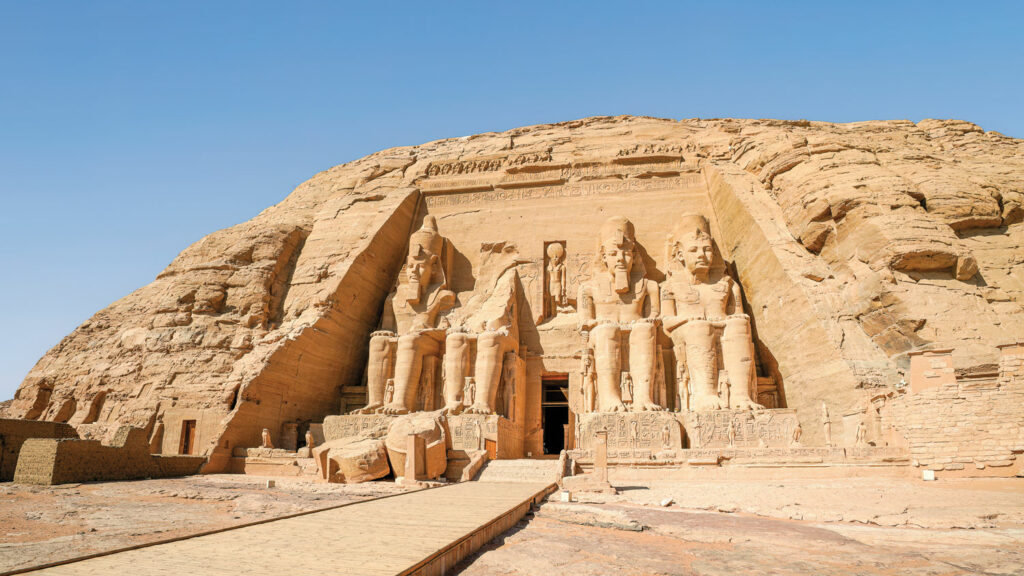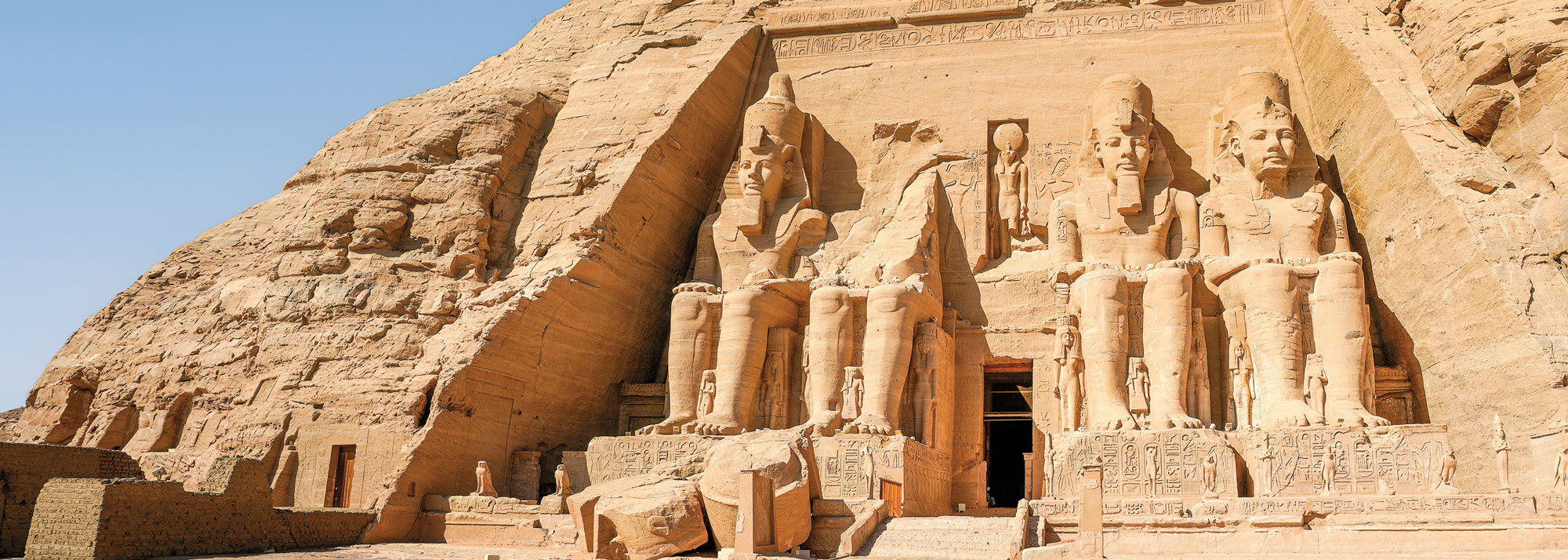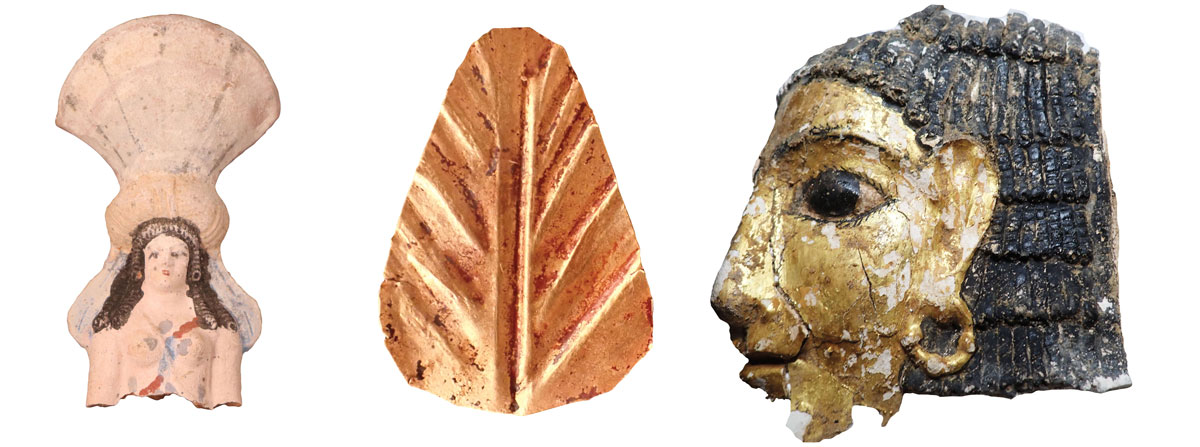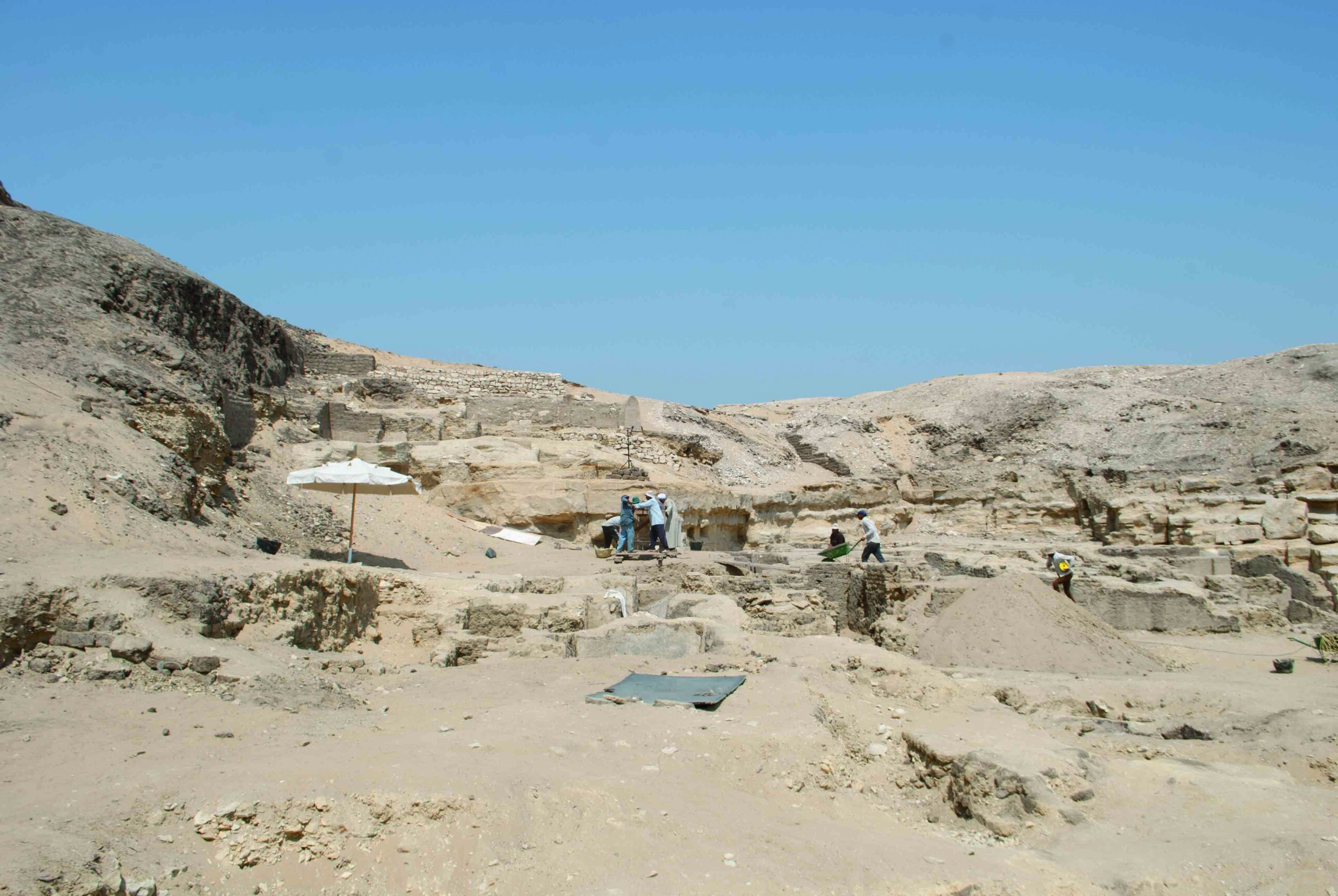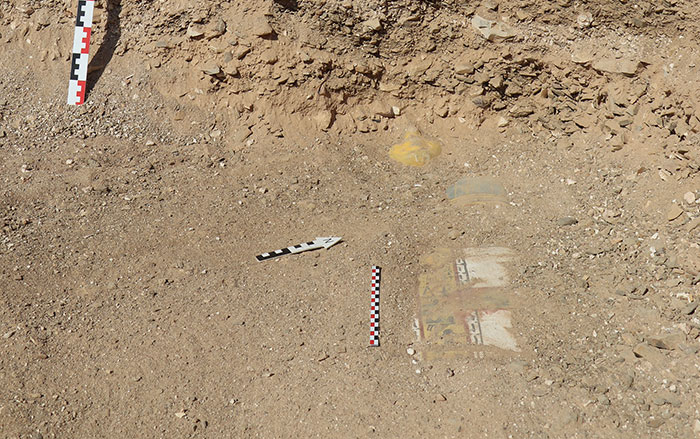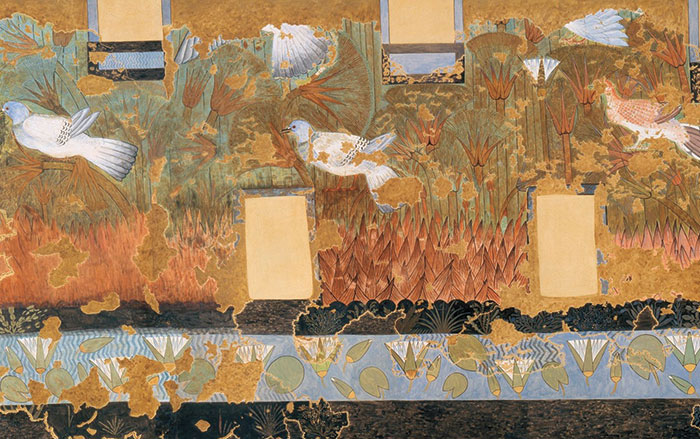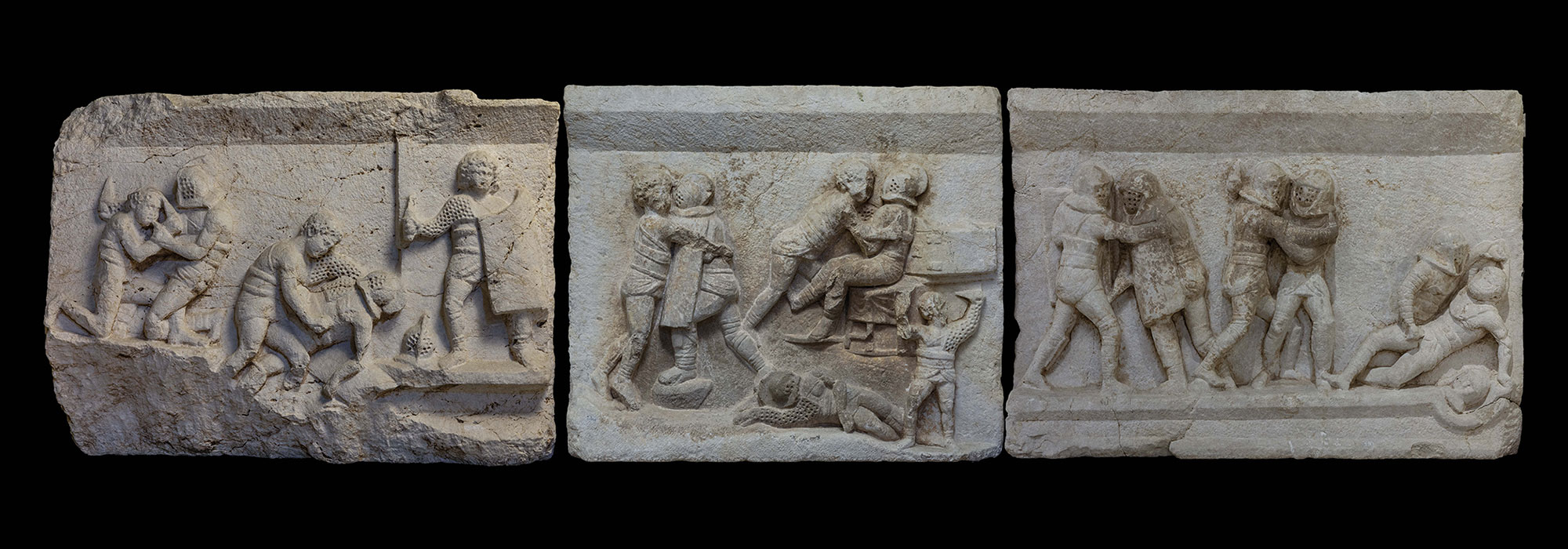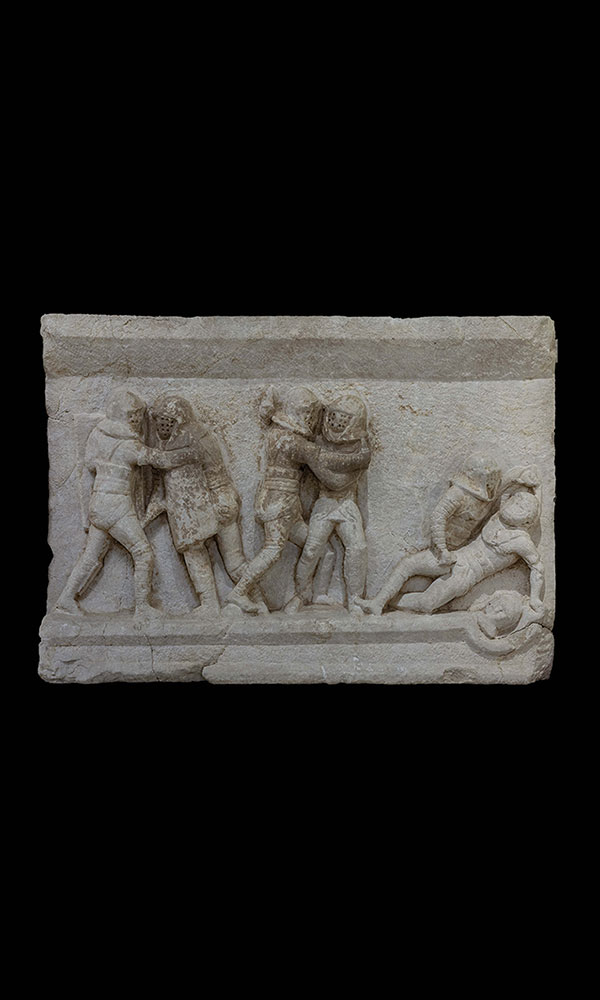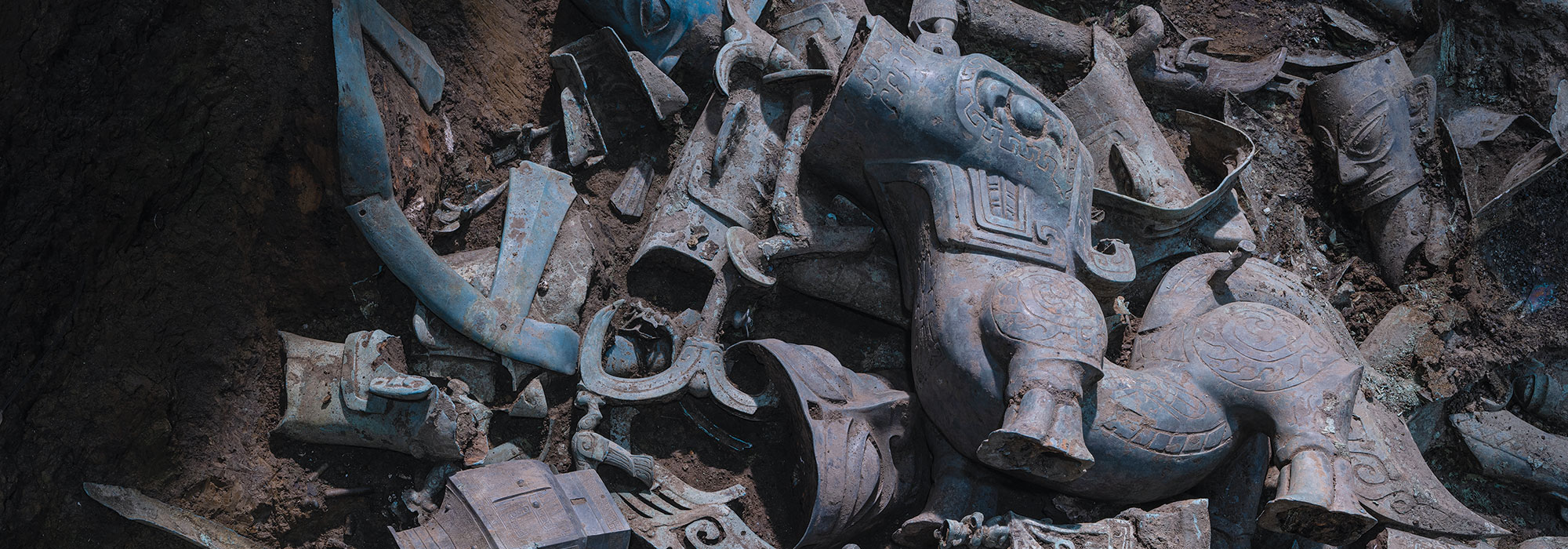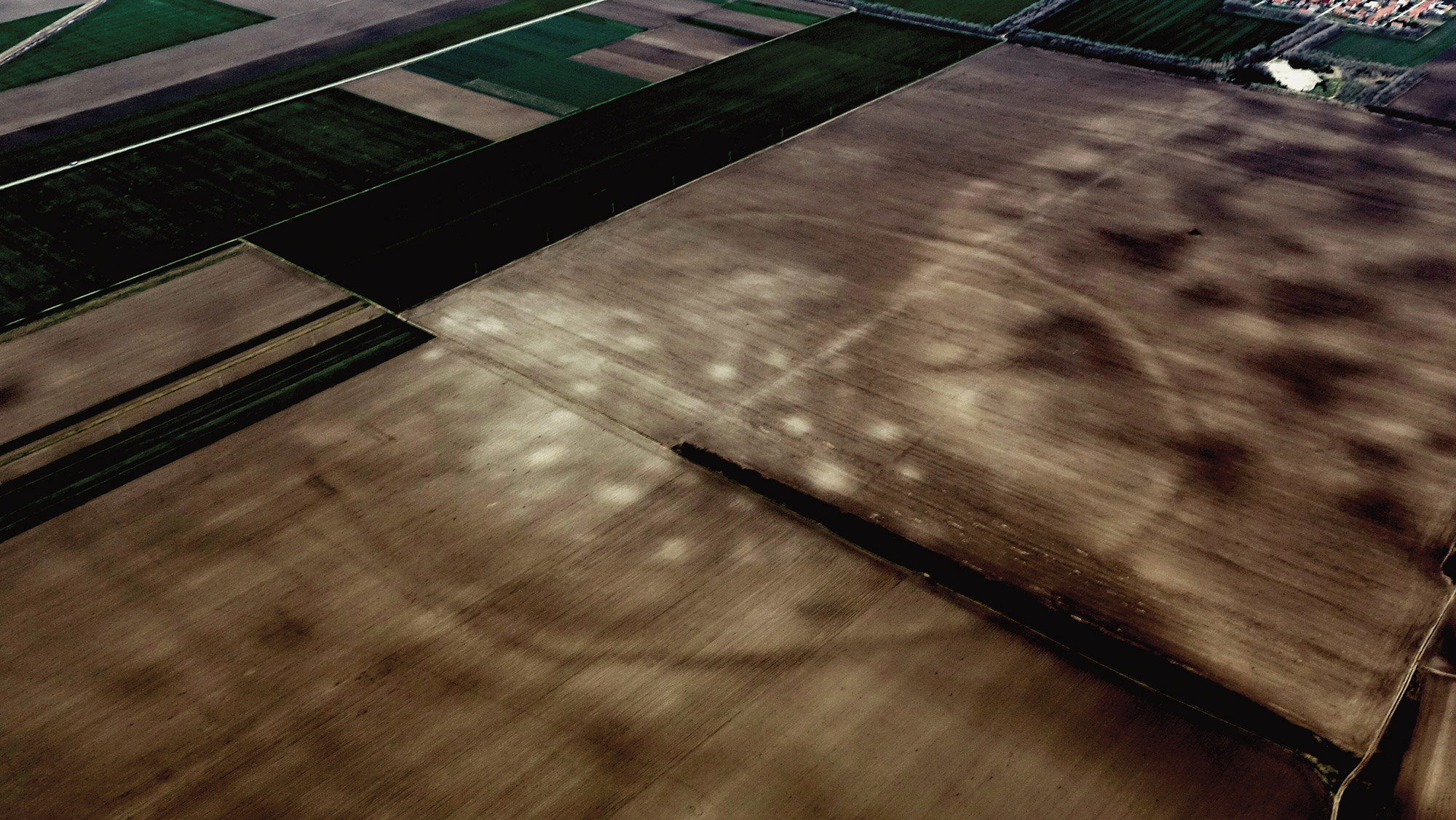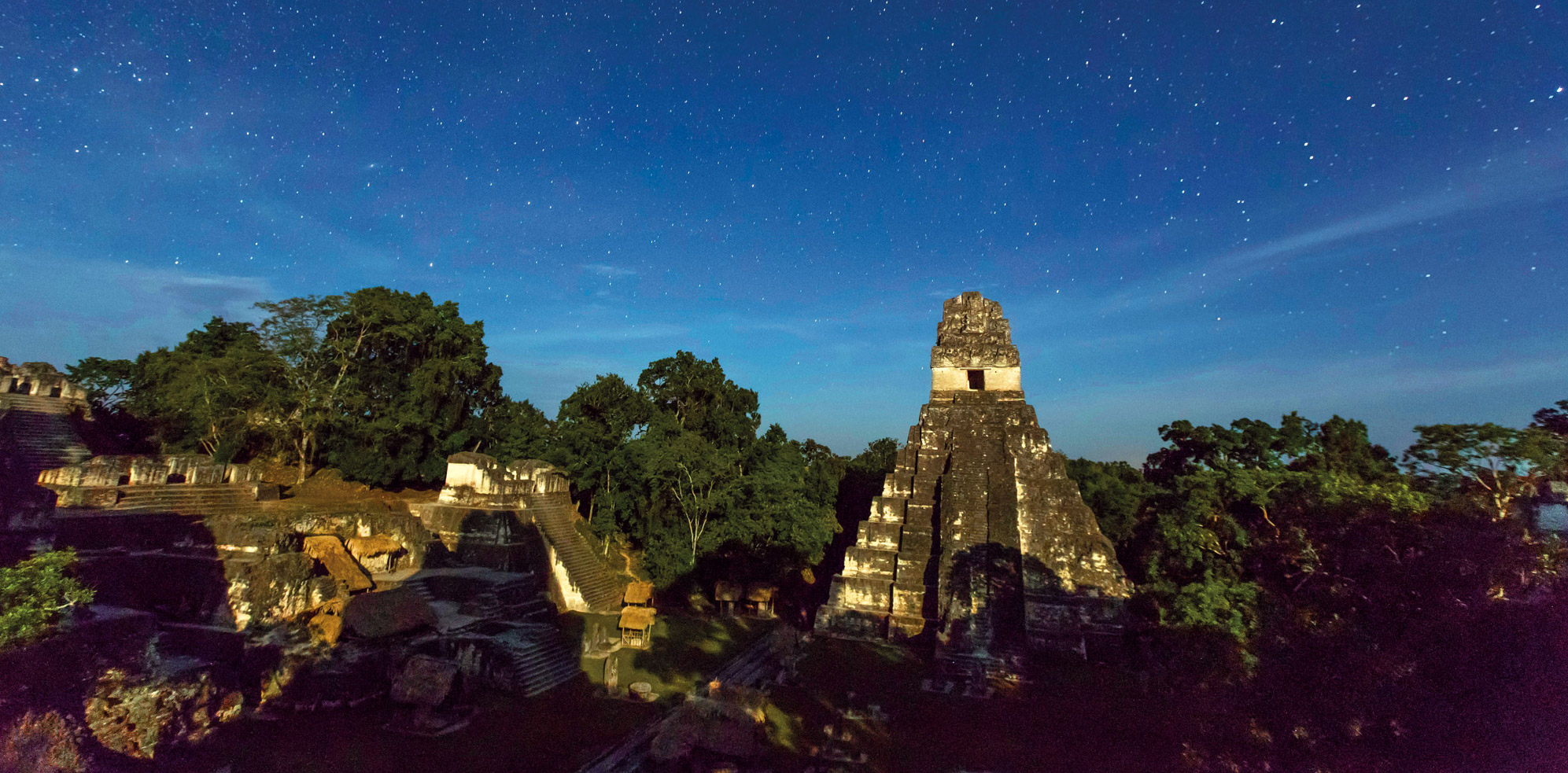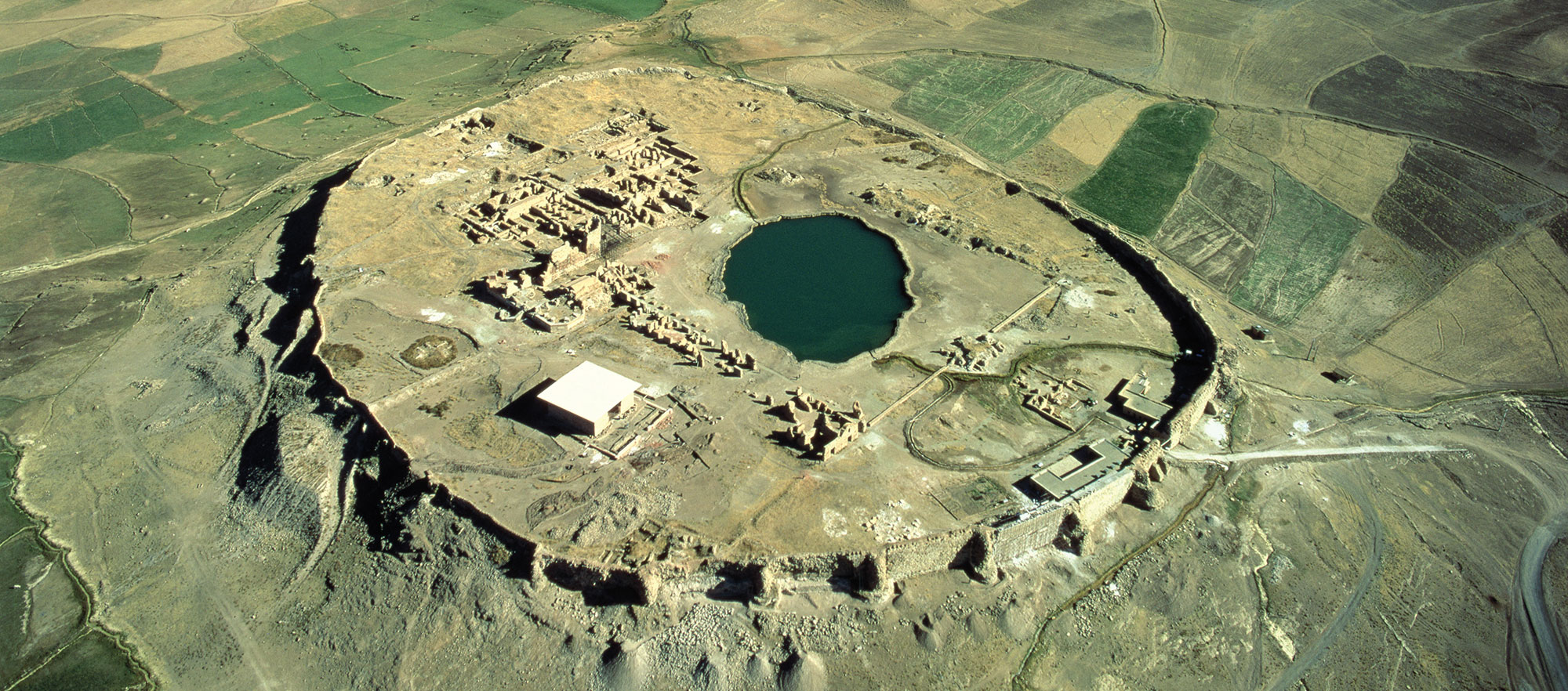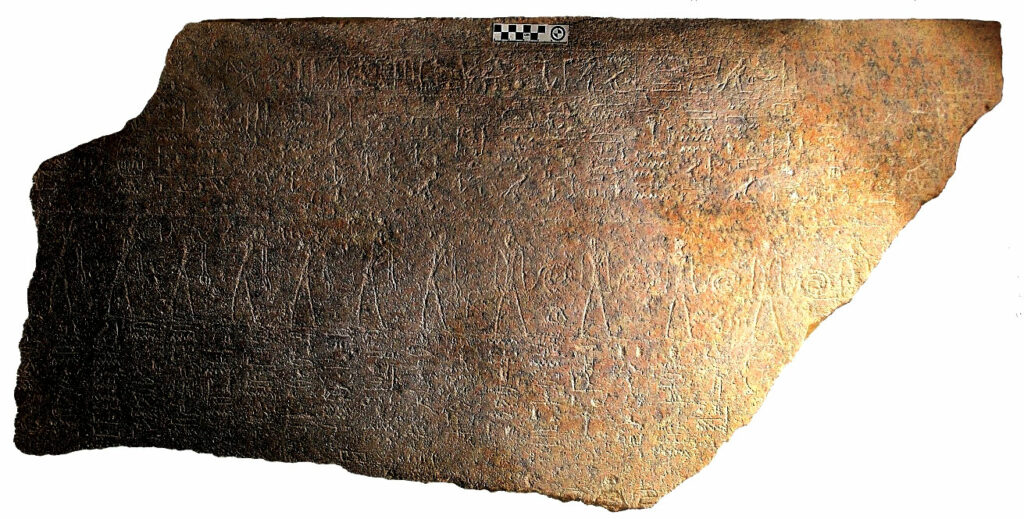
In 2009, archaeologists discovered a Coptic monastery in Abydos founded in the fifth century a.d. Embedded in its floor was a large fragment of an inscription that was more than 1,500 years older. The 5.5-foot-long piece of red granite had been part of an ancient sarcophagus. Analysis of the inscription determined that the sarcophagus had once held the body of Menkheperre, a high priest of Amun, who died around 1000 b.c. However, Menkheperre was not its first owner. The hieroglyphs indicate that he reused and recarved the sarcophagus. The person who had originally commissioned the sarcophagus was a mystery, although the quality of its decoration suggested he was a high-ranking individual, perhaps a prince.
Recent reexamination of the granite slab by Frédéric Payraudeau, an Egyptologist at Sorbonne University, has revealed that the sarcophagus originally held the mummified body of Ramesses II (reigned ca. 1279–1213 b.c.), one of Egypt’s most powerful pharaohs. When Payraudeau inspected detailed images of the carvings, he noticed a partially obscured cartouche containing hieroglyphs that spelled out “Usermaatre,” part of the pharaoh’s coronation name. “Being able to identify the sarcophagus of such a famous pharaoh shows that we can still find many things by restudying objects that we thought we knew,” says Payraudeau.
